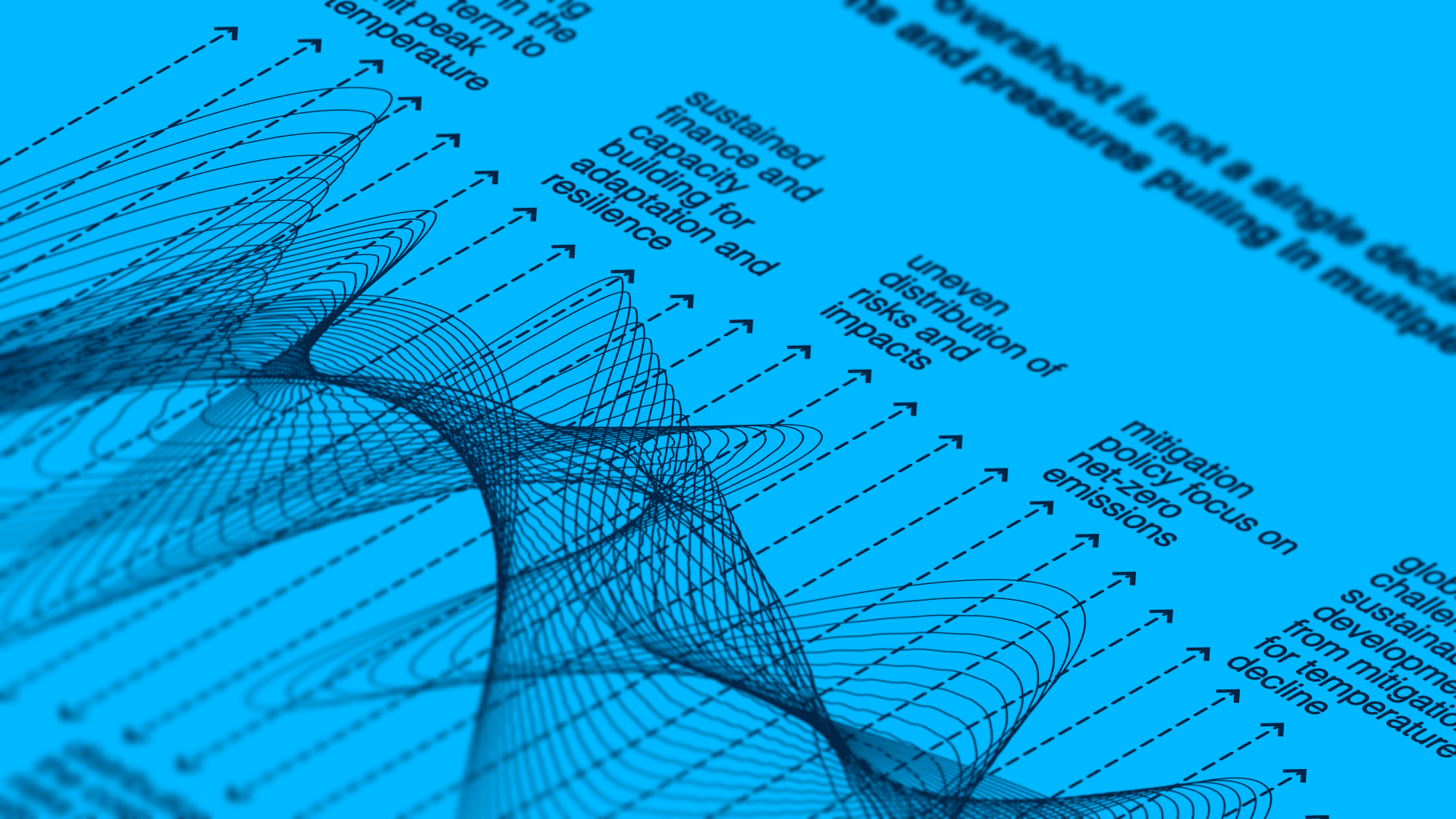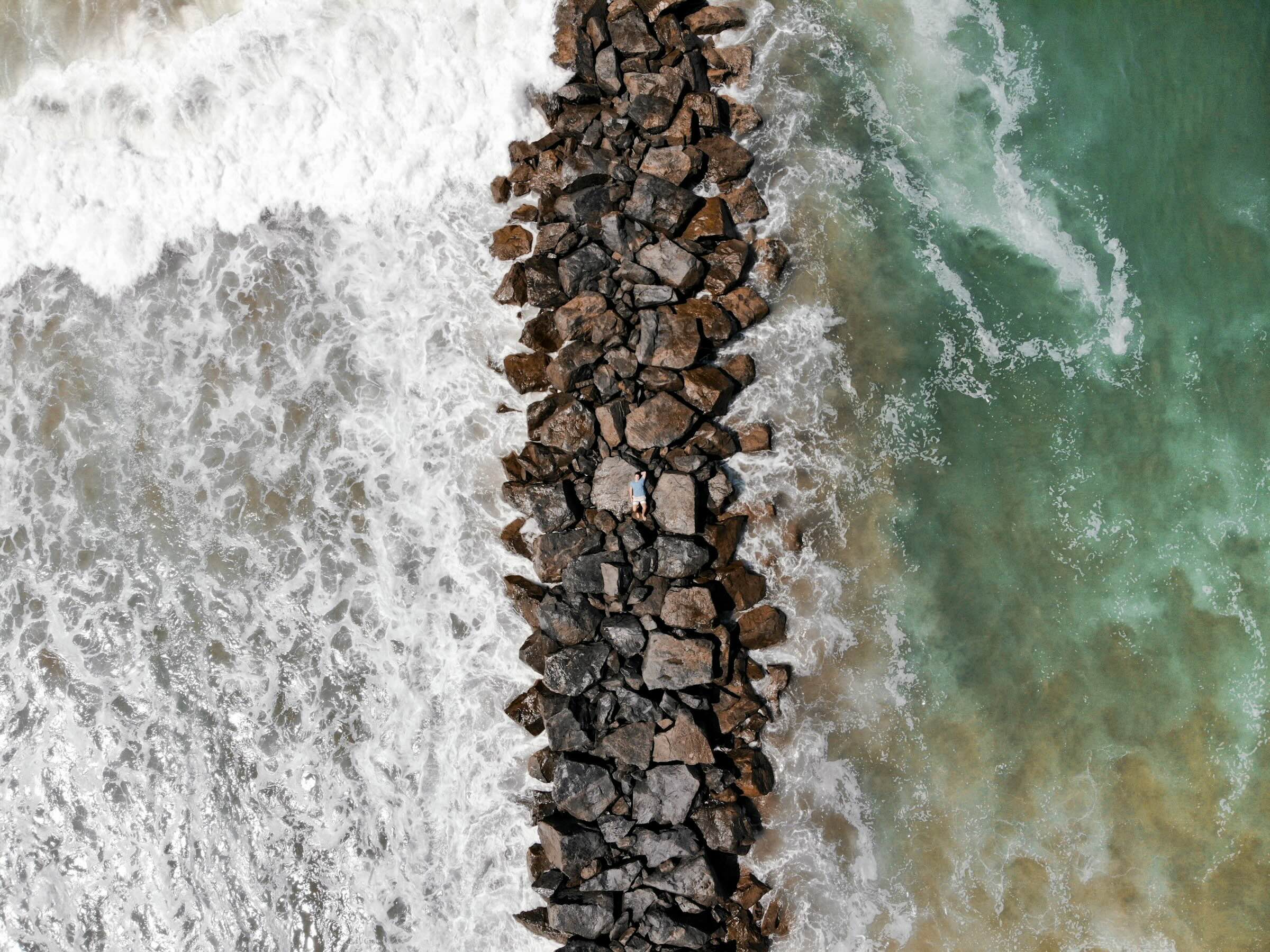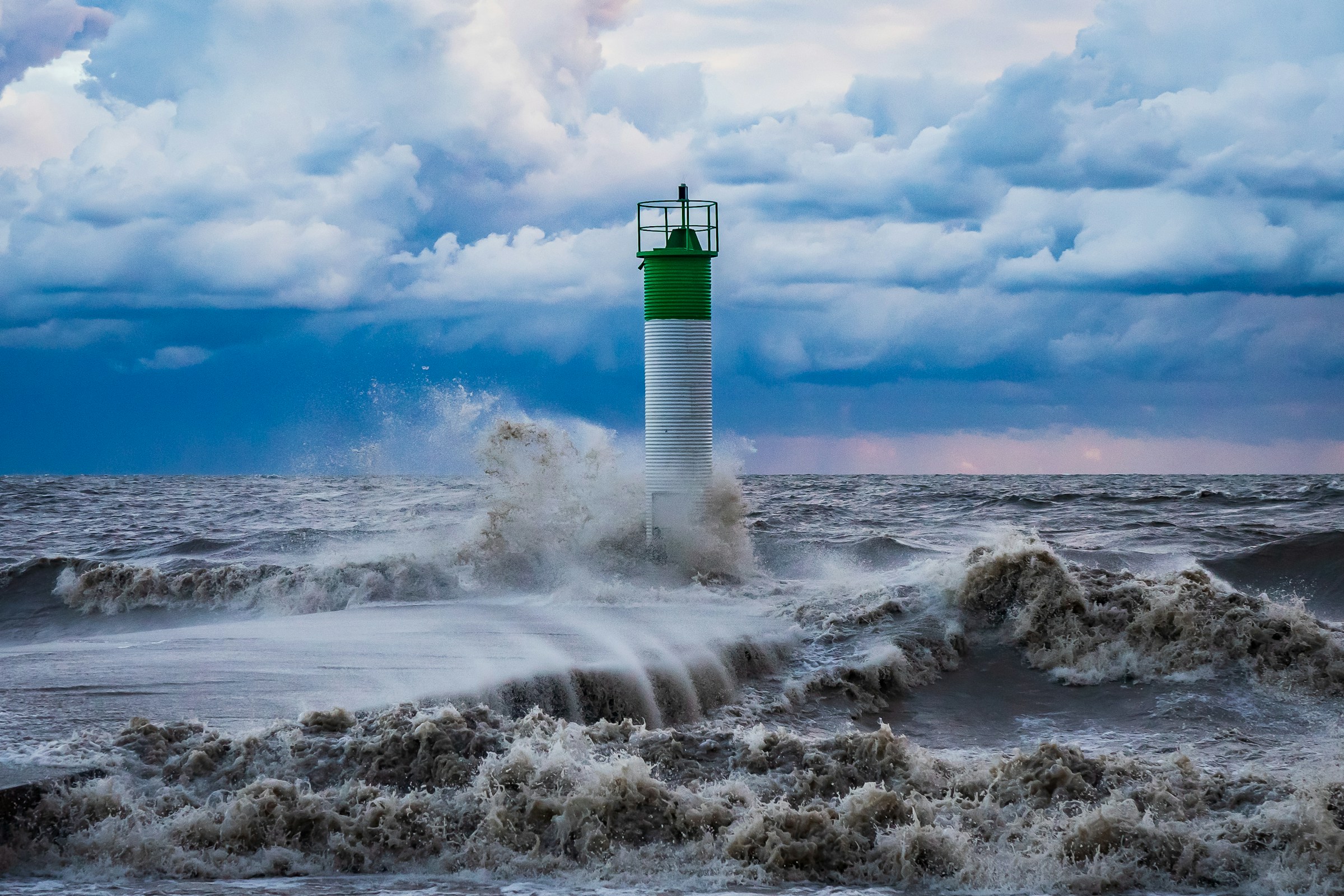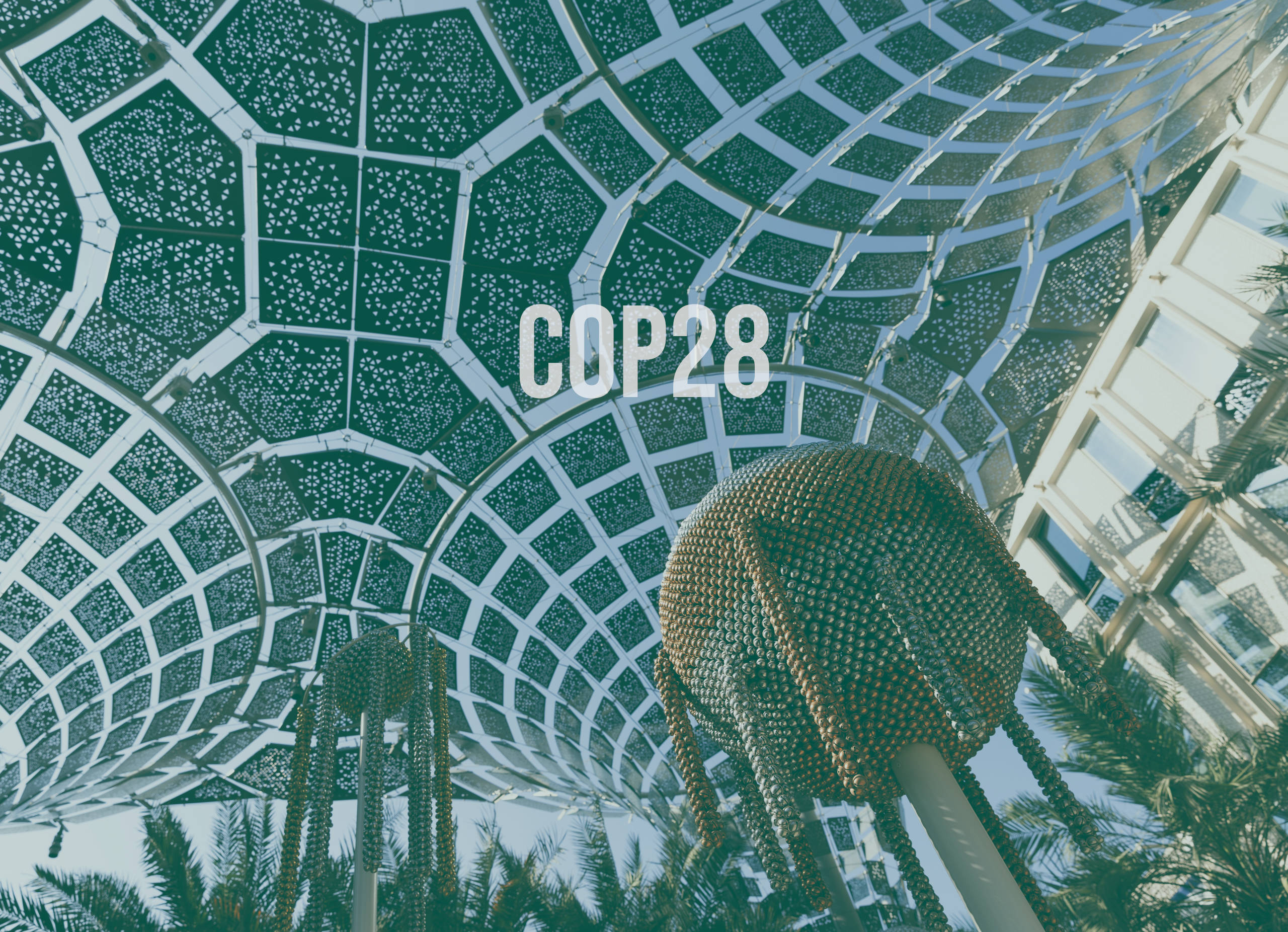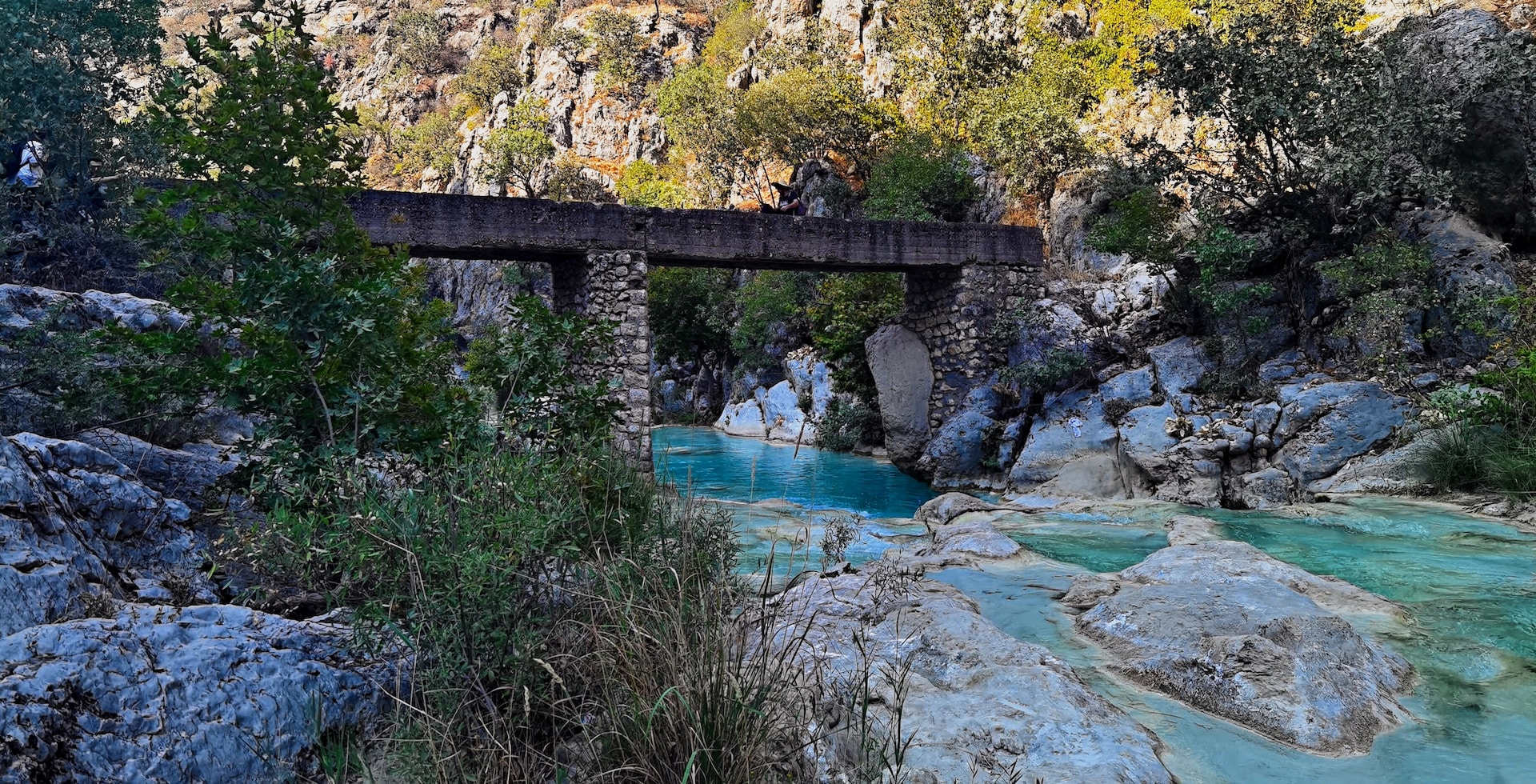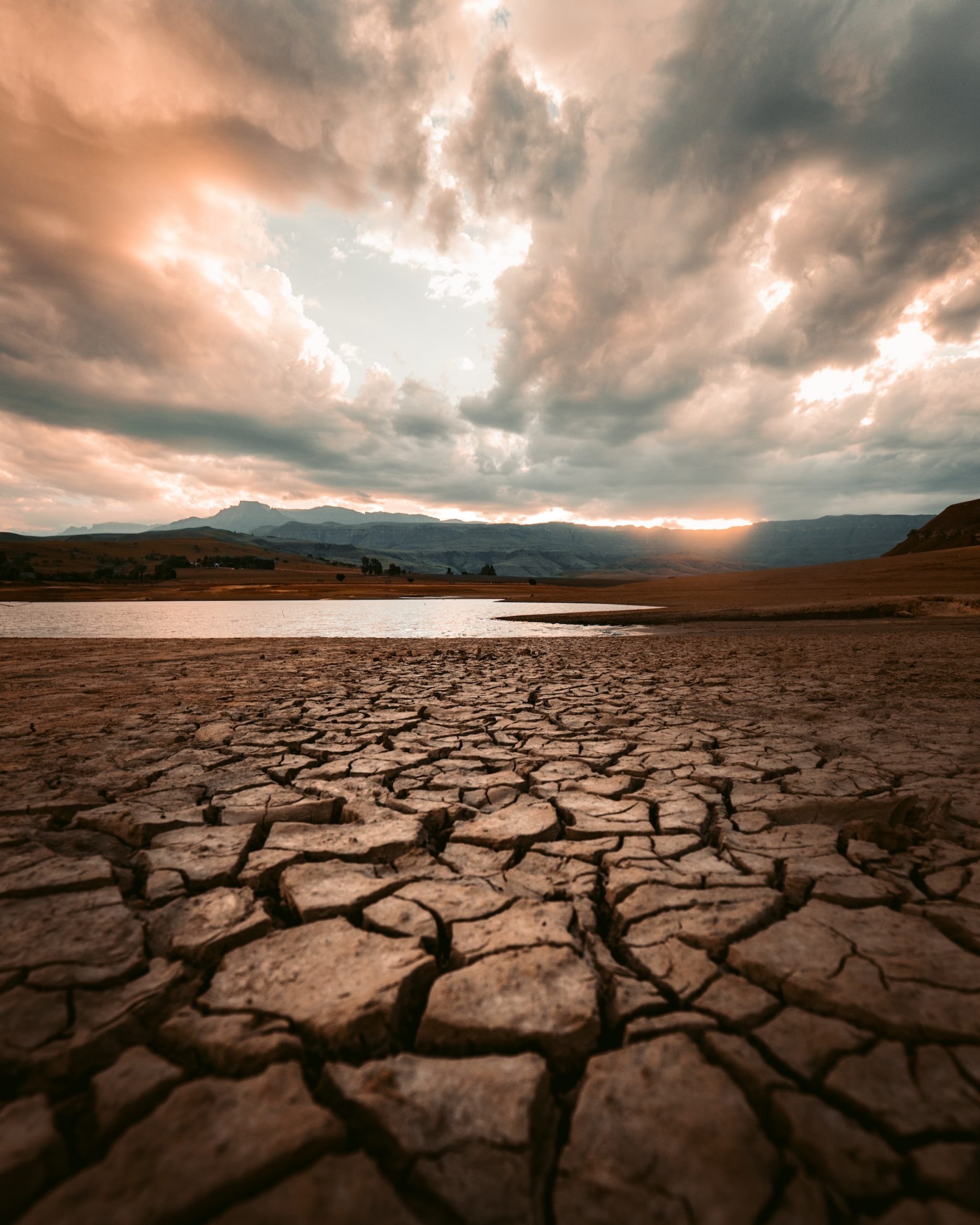We are changing the planet. Nothing new. It’s a statement that goes back to the dawn of humanity’s relationship with the soil, ocean, atmosphere, and everything in between. However, in recent decades, this change has taken on global dimensions: what we need to maintain the lifestyles we have created in our immediate vicinity has distant origins and produces changes in the habitats of areas that lie far from our gaze and attention.
It’s a fact, a reality, a trajectory drawn by humanity: “Centuries ago, people knew exactly where the stones used to build the walls of their cities, the wood for the roofs of their houses and the food they ate came from. There may have been some exotic products, like spices, for example, but for the most part, the origin of each person’s belongings was clear to them. Today, we no longer have that certainty. The fossil fuels we use for energy may come from the United States, Saudi Arabia, or Azerbaijan. We just don’t know,” says Edward Burtynsky, as he explains the origins of his photographic work, which began in the early 1980s using photography to “reconnect with the origin of the materials we use and link them to the industrial worlds that characterize our habitat, our lives.”
Burtynsky is one of the most renowned photographers whose style and techniques are both a tool for investigation and narration, carrying people into the story of humanity’s transformative impact on the environment.
“My photography generates an experience that would be impossible to replicate even for those that visit the places I capture in person to see the transformations with their own eyes,” Burtynsky explains. The powerful effect his images have on the viewer is strongly connected to his use of large-format photography for the representation of industrial realities, a technique that was previously employed mainly in advertising and commercial projects rather than for artistic endeavours.

The sheer size of the photos allows viewers to first experience a general view “in which everything appears together and clear,” only to then hone in on the details of the image so that “suddenly small details in the large photograph gain meaning.” From the whole to the particular, like a tracking shot that brings us closer to the details in which otherwise unreachable meanings are hidden.
“It’s a completely different way of seeing compared to how we explore the real world,” Burtynsky continues. “These photographs offer a more engaging way to stimulate the viewers’ concentration and immerse them in the places I have photographed. This creates an experience they could never actually obtain, even if you took them to those places, those mines, those quarries.”
Looking at the photographs, Burtynsky’s words come to life, as occurred at the M9 Museum of the 20th Century in Mestre, Venice, which dedicated the most extensive retrospective exhibition to the Canadian photographer’s career from June 2024 to January 2025.
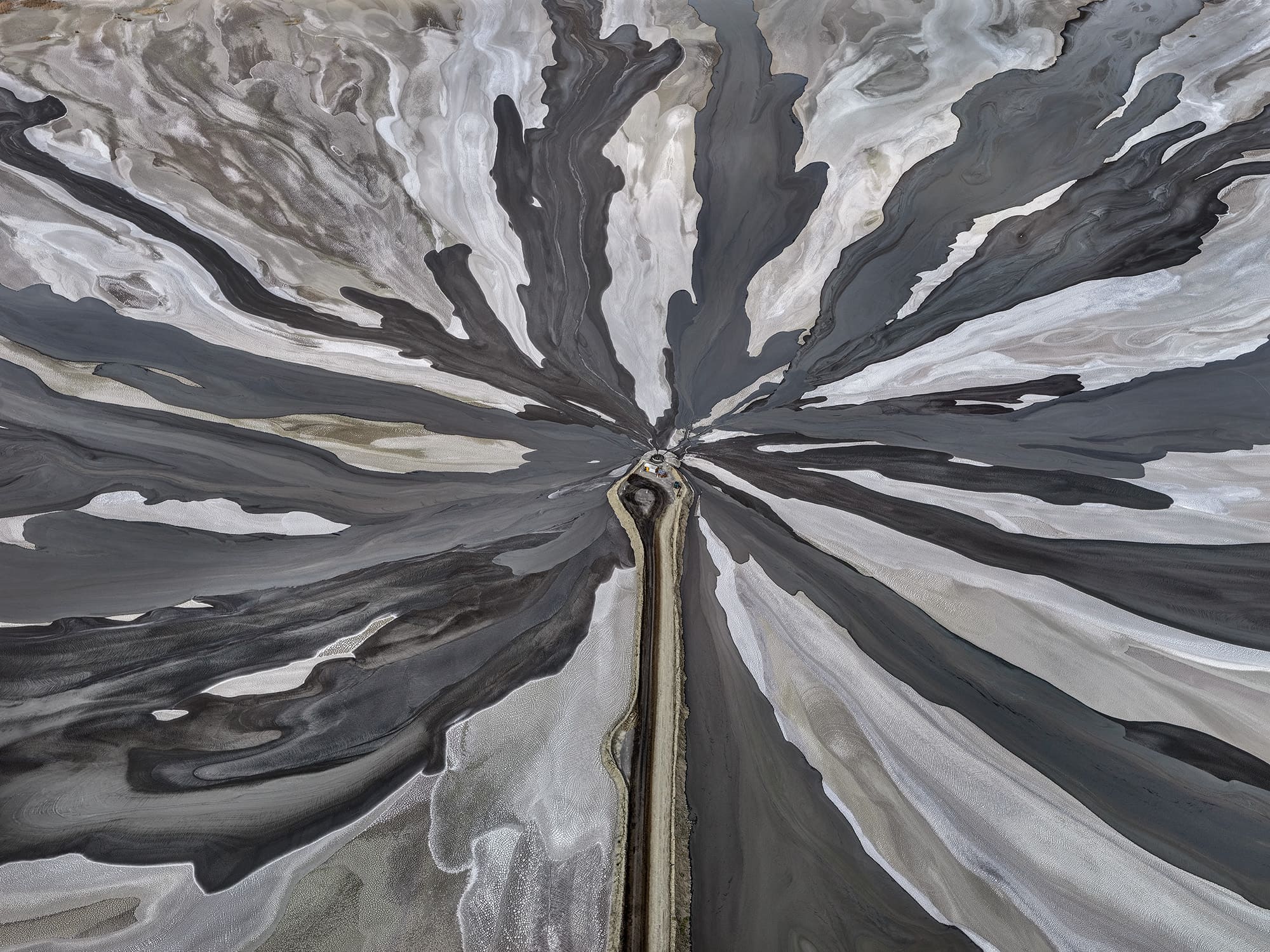
Towering photos captivate viewers as they search for meaning in what they are seeing. A dance of gray petals clings to a stem, which, on closer inspection, is a conveyor belt dumping kimberlite – diamond mining waste – into a pond in Kimberley, South Africa. Embedded like fossils in rock, the gray and red striped spirals are shaped by giant machines digging a 3,000-kilometer tunnel for potassium extraction 350 meters below Berezniki, Russia. Straight lines point to the center of the image, an irregular shape that can only be identified as the lithium extraction plant in the Atacama Desert in Chile once you read the caption.
Burtynsky is a photographer, an artist, “a purveyor of beauty,” explains Marc Mayer, curator of the exhibition in Mestre. His images are, first and foremost, beautiful, and this beauty is the gateway to a matter that concerns us all: How have our lives transformed and are transforming our habitat?
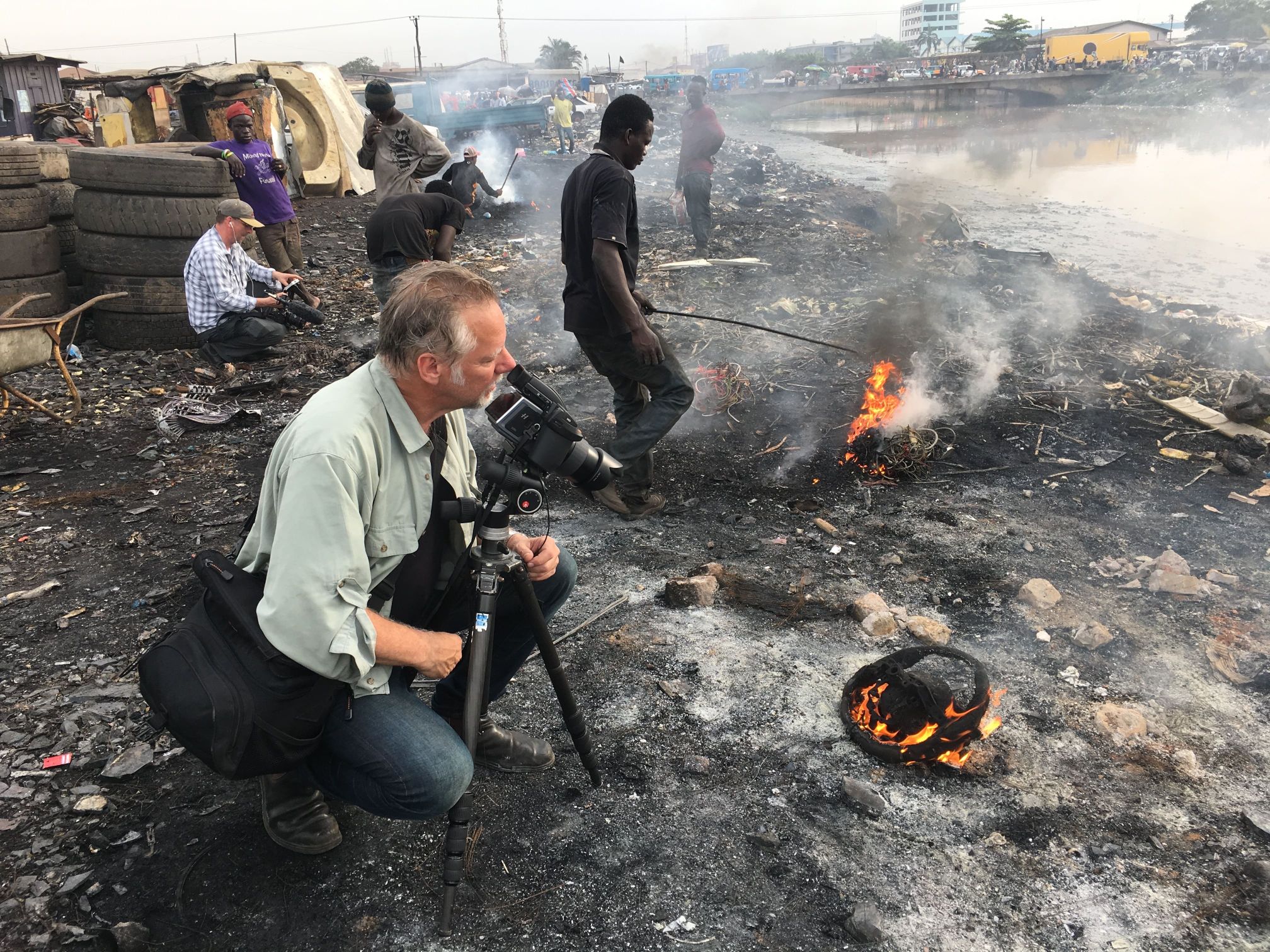
“I never manipulate my photographs,” says Burtynsky. “The viewers are faced with real places. They wonder how a place can look like what they are seeing in the photographs because it is so remote to their usual gaze. Taking the viewer to distant worlds – a quarry where huge blocks of stone are extracted or the world’s largest iron mines where there are trucks with three-meter-high tyres and a loading capacity of 400 tons – is an interesting way of showing the extent to which humanity is depleting the planet’s resources.”
Lithium for batteries, potassium for agriculture, rapeseed fields, coal mines, and countless industrial plants scattered across the continents. The planet depicted in Burtynsky’s photographs reckons with humanity’s footprint. Ecosystems bearing the increasingly deep wounds inflicted by actions that feel mundane. The threat of normality, which makes the photographer’s narrative even more dramatic as you zoom in on the details.
“I photograph situations that we have consciously enabled. We have permitted companies to carry out these activities. We have allowed those trees to be cut down, dug those mines, and extracted those minerals. We let our systems carry out these processes on a large scale to build our cities, produce the energy we use, and provide heating for billions of people,” says Burtynsky.

“The world captured in my photographs is intentional. Just as the buildings we live and work in, the cars we drive, and the world we live in are also intentional. Our lives move within this polarity, where the things we build are a consequence of destruction. Now, this creative yet destructive act is carried out on a large scale. I try to show the other side of our lives. These photographs are an invitation to reflect. They do not seek to find answers to a problem. They are simply telling you that it exists.”
A problem that projects us into the future. Given that Burtynsky’s photographs depict the damage we inflict on the environment and ecosystems, the question remains: is there a way to transform our industrial systems and our need for well-being in a sustainable, durable, and distributed manner?
In an attempt to answer this very question, inspired by Burtynsky’s images, CMCC, M9 Museum of the 20th Century, Ca’ Foscari University of Venice, and NICE – Centre for the Environmental Humanities have produced a series of dialogues that delve into three specific themes: energy and inequalities, land use and resource distribution, and the fate of cities and urban adaptation. “Transformations” is a series on the world we are changing, with three episodes moderated by Cristina Nadotti and guests including Enrica De Cian, Antonella Mazzone, Maria Vincenza Chiriacò, Daniele Brombal, Paola Mercogliano, and Maria Chiara Pastore.
Watch TRASFORMAZIONI. Burtynsky, il clima e il futuro possibile here (in Italian).
A podcast version of the dialogues is also available on Spotify, Apple Podcasts, and Amazon Music.
Cover image: Credits: Nickel Tailings #34, Sudbury, Ontario, Canada, 1996, photo © Edward Burtynsky, courtesy Flowers Gallery, London

